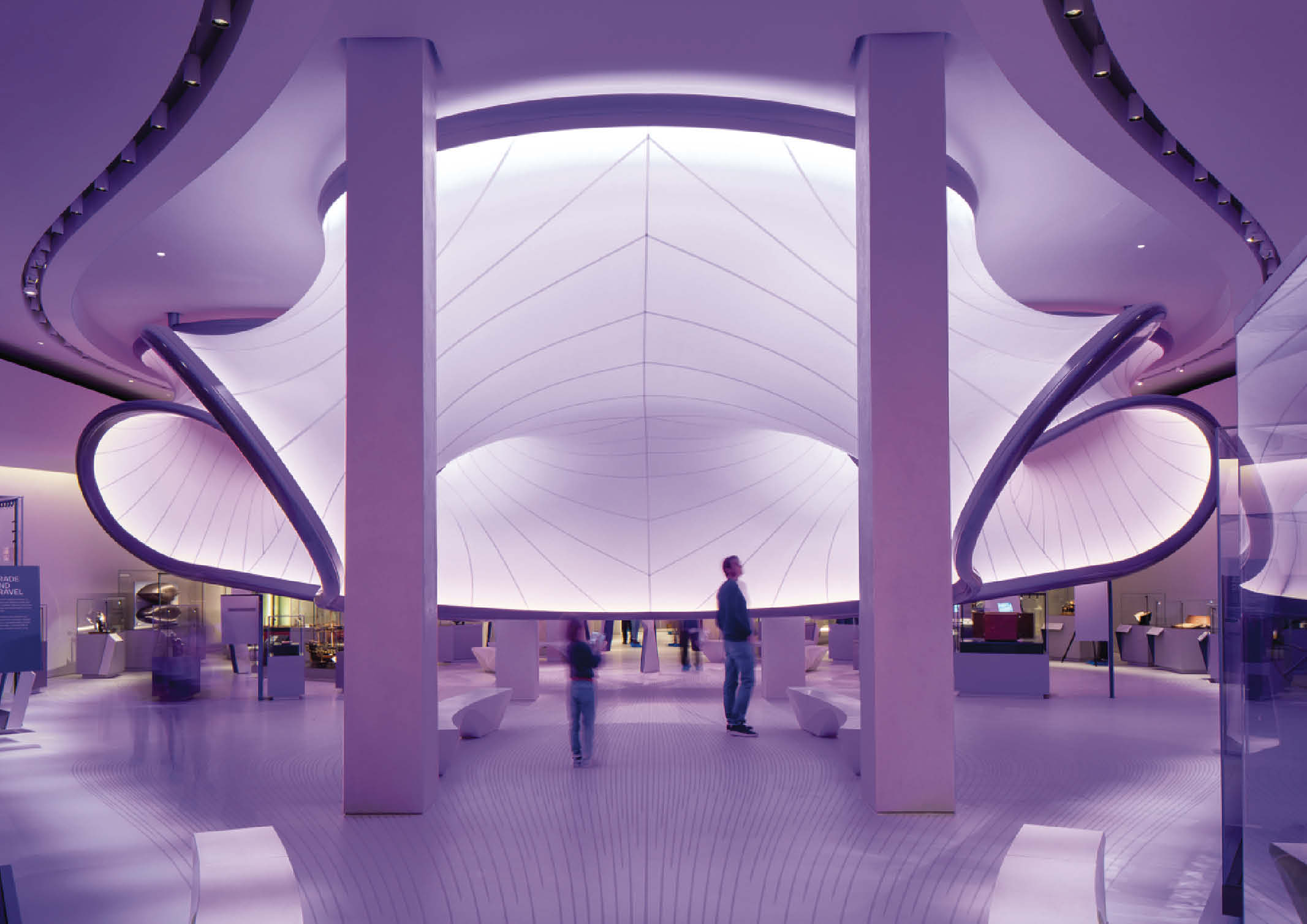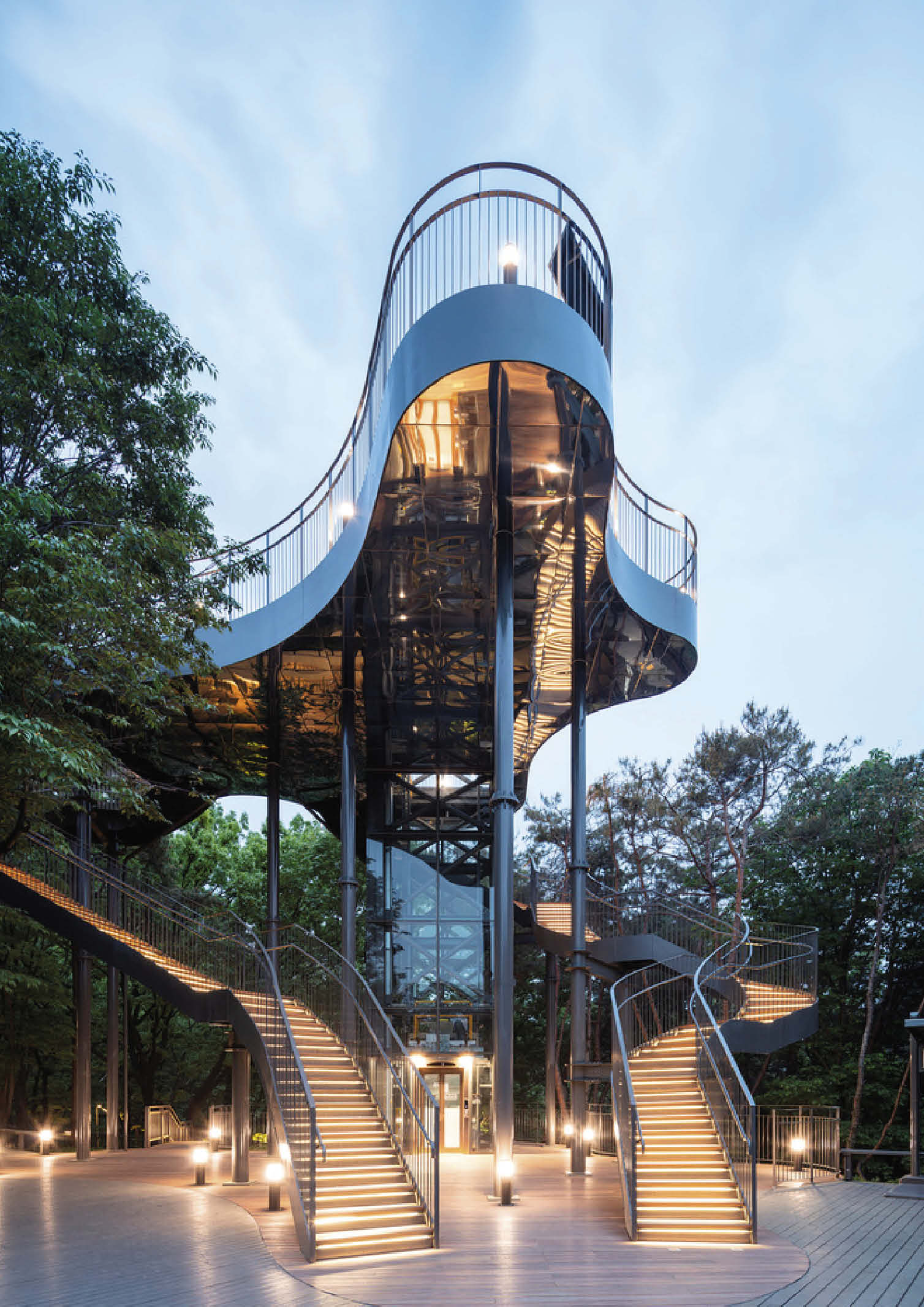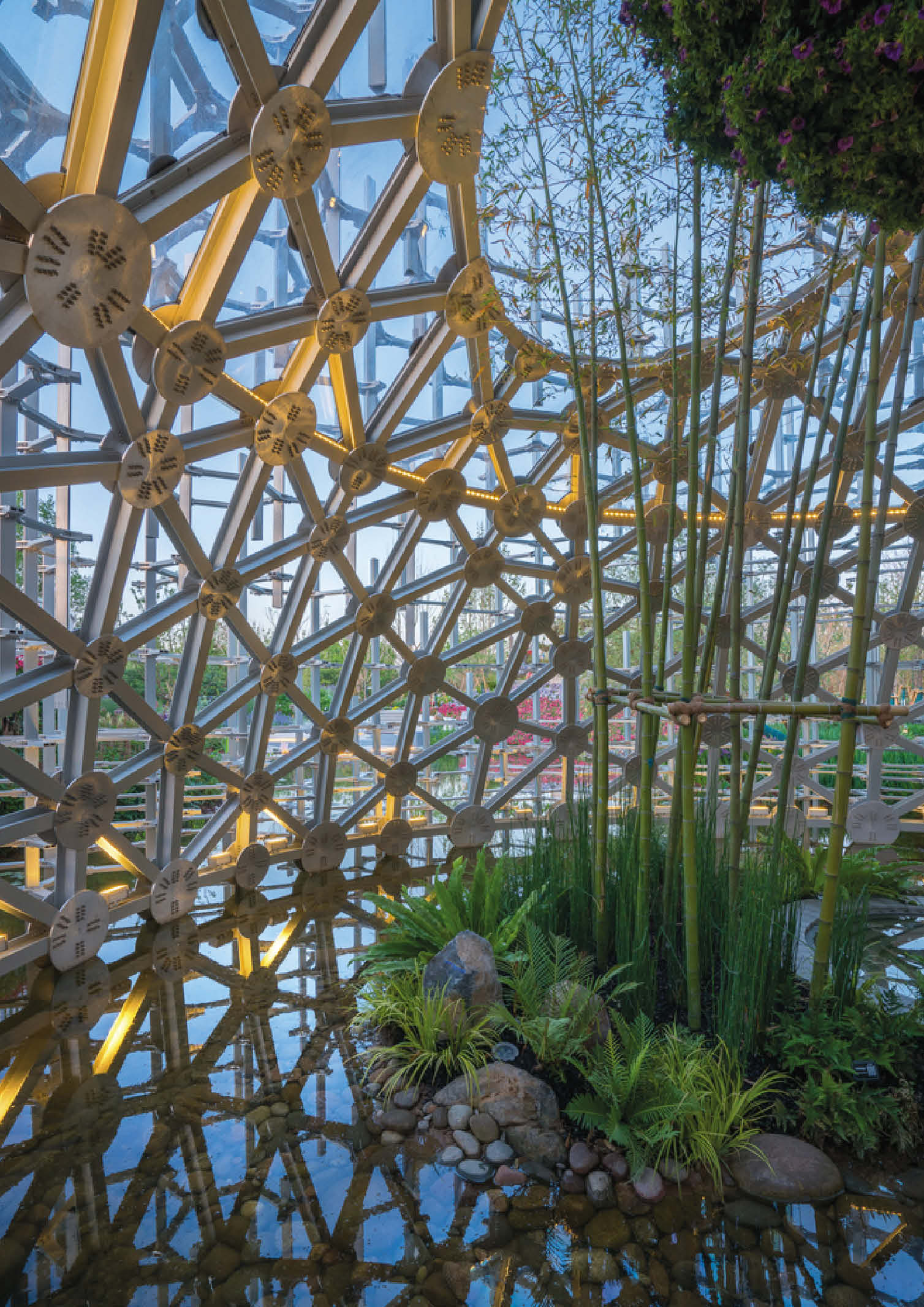
Space Sensibility: Design Using Sense & Emotion
A space is more than just its appearance. Textures, smells, and sounds can strongly affect the user’s experience. Based on this, sensory architecture can transform the interaction between people and the built environment into something deeper.

What would architecture be like if user emotions were part of the program? Planning the environment that is attuned to various sensations is one fascinating aspect of design that not a lot of people think about when planning a space. However, In the last 20 years, the debate on the role of emotions in the field of design has grown exponentially. According to a book written by Van Gorp and Adams in 2012 entitled Design for Emotions, design based on emotions can affect overall user experience deeply, since emotions influence decision making, affect attention, memory, and generate meaning.
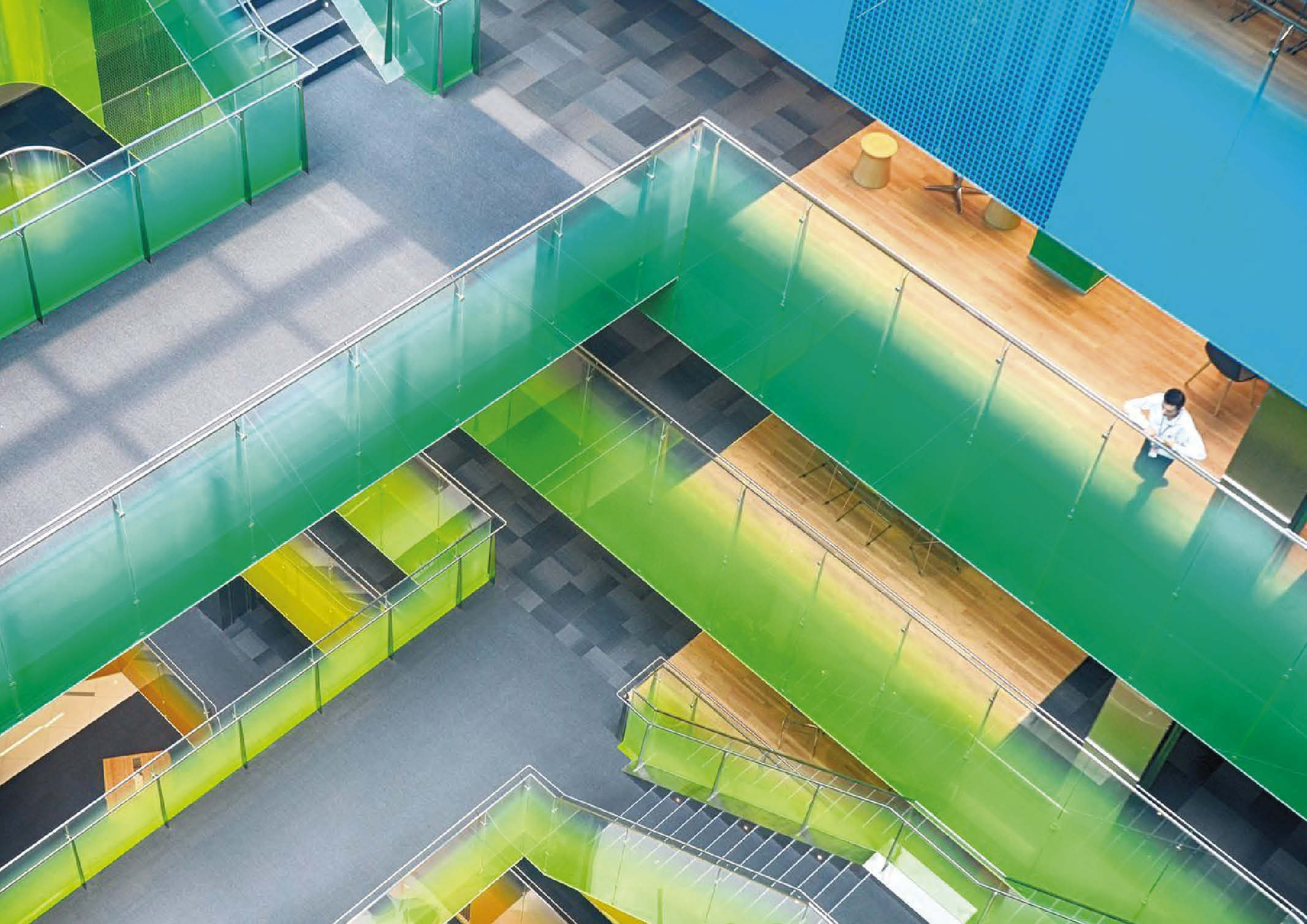
Over the past couple of years, more people are beginning to become more conscious for setting up their private spaces that provide apotheosis of their feelings; whether they want the room to emanate calmness, to express their emotions or to create a physical manifestation of their hobbies and physical activities, the focus of the so-called “emotional design” is to make emotions flow freely and safely in a space.
Creating your own reserved nook to be able to express how you feel is a goal for many of us, after all, space directly reflects on human behavior. With more activities and accumulation of various interests, specialized areas such as game rooms, mancaves, art studios, reading nooks and personal libraries have become a trend in many residential programs.
Magma Flow Public Space / 100 Architects. Image © Rex Zou
Given the amount of interest gained on this point of view, it may be a new direction wherein users forge an even deeper attachment beyond the physical attributes of the space. In interior design, most especially, such sensations can be manifested in many different ways.
In sight and In Mind
Psychologically, people associate colors with emotion because of cultural symbols and lived experiences. The colors and textures of a building or environment can profoundly influence the feeling of the people who use it. In this sense, in choosing the color to enhance specific sensations, the design should translate the effect each shade brings to the user.
Similarly, used creatively, lighting systems can create different atmospheres and awaken emotions. More versatile, colors given by artificial lighting can easily change the ambience of a room, and easily create an avenue for new possibilities of architectural design.
In the Mathematics: Winton Gallery by Zaha Hadid Architects, Arup lighting developed a lighting that bring a complex mathematical concept to life. Fluid dynamic lighting was integrated with static lighting to showcase the mathematical significance of a key feature of the gallery; the Handley Page Gugnunc aircraft from 1929. The lighting is arranged to show how the air moves around the aircraft, and displays both the vector field, made by the wings of the aircraft, and the sky, represented by the boundaries and walls of the gallery.

Sound and Silence
To think about sound in architecture is more than just soundproofing or noise reduction. Sounds can add sensations to the environment. For example, using natural sounds of nature for meditation and midfulness can provide a sense of a sense of tranquility, while upbeat tunes cause euphoria.
In the Croatian City of Zadar, the city’s seafront became nothing more than a concrete wall following the Second World War. In 2005, architect Nikola Bašić proposed to redesign parts of the seawall to interact with the ocean waves. The Sea Organ is an architecture that acts as resonating cavities in which the waves can sing and the wind lap on the shore. Comprised of a network of polyethylene tubes, with thirty-five individual pipes spanning a total length of seventy meters, it is the largest aerophone in the world.
On the other hand, The Imagination Circle in South Korea, designed by UnSangDong Architects is a panoramic trail that assimilates with nature, incorporating and amuses the natural sound of the forest and the sky. An attractive observatory poetically combines formative mystique and nature inside the mountain.
Imagination Circle / UnSangDong Architects. Image © Namgoong Sun
Scents of Place
The olfaction realm has the power to bring back memories by establishing associations with the past. Smells have a power of bringing back memories, more vividly than any other senses. What ultimately hits the nose can have a tremendous influence on how people behave inside a structure. Incorporating scents into the design is a way of create emotional memories, helping people remember the space in other ways that can enhance the visual.
The key to this sensorial perception is not in what smells but in how it circulates about the building. The sensations triggered by the olfactory sense can be whisked into our designs. Such is the case for the Shanghai Garden, the Beijing Horticultural Exhibition in 2019 by Arcplus Architectural Decoration & Landscape Design Research Institute.
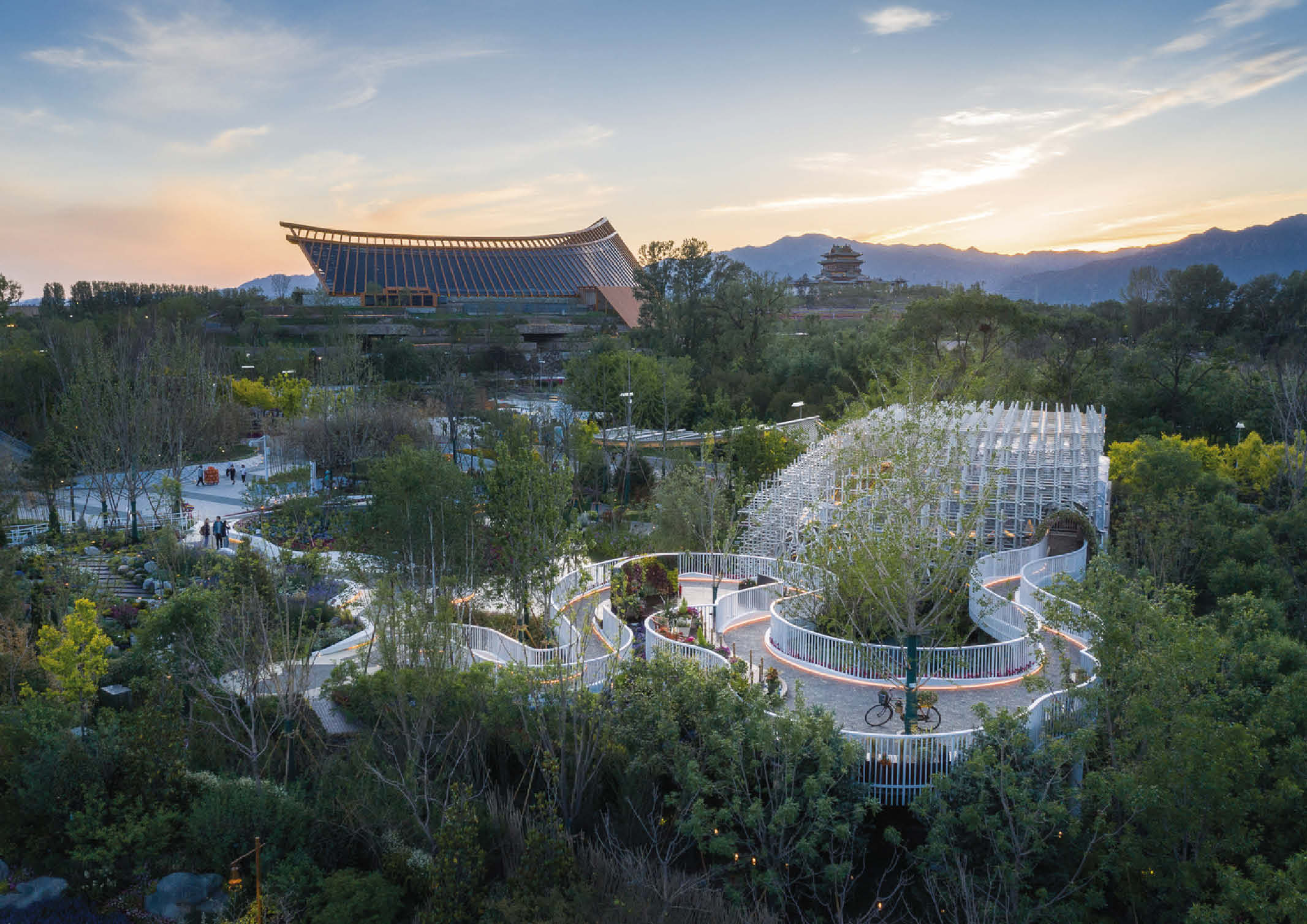
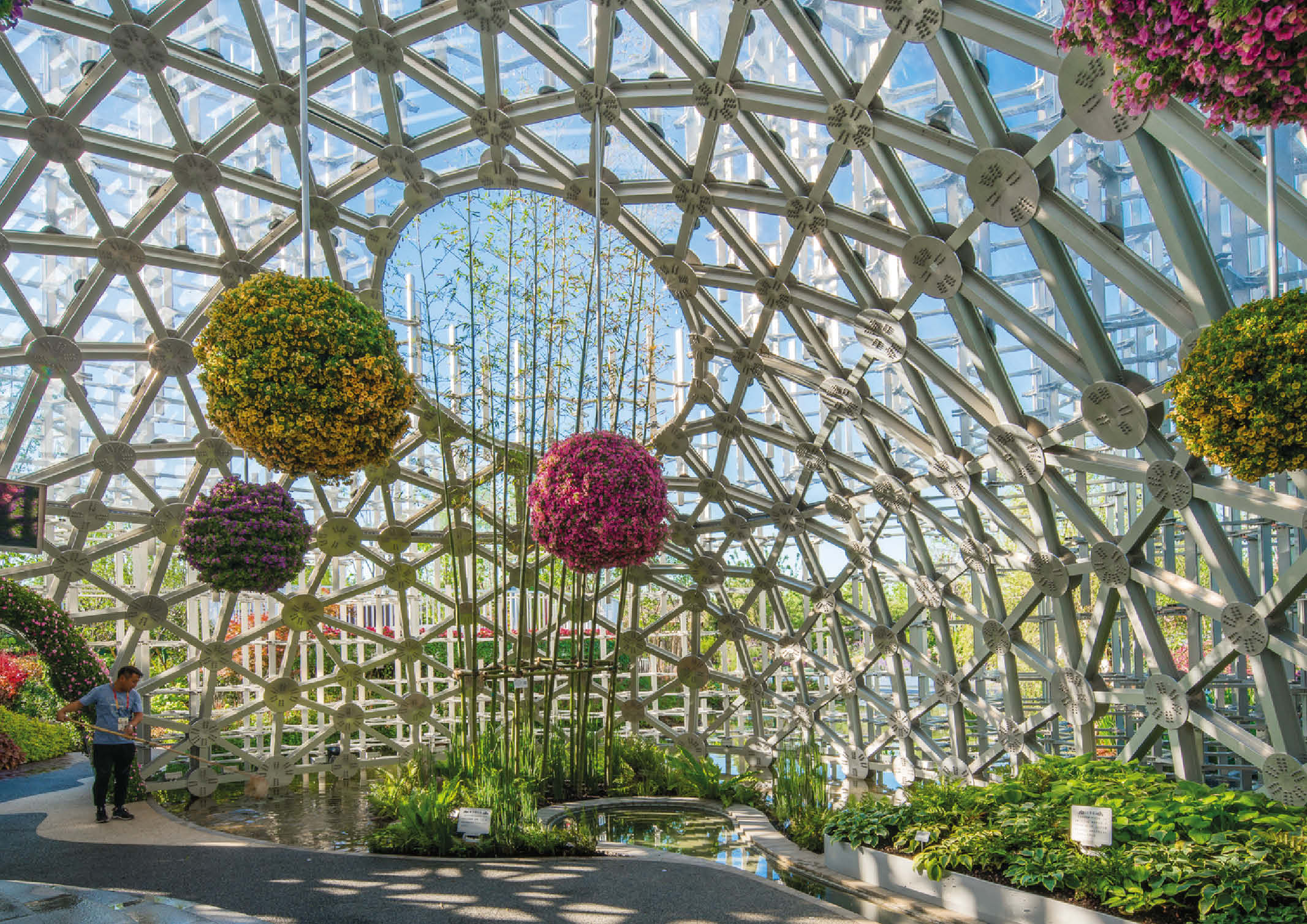
The Shanghai Garden presents a harmonious picture of “the auspicious clouds that bring good luck, while the refreshing rain that nourishing all creatures”. Divided into six areas: Cloud Stairs, Cloud Shadow, Cloud Clothes, Cloud Hill, Cloud Nest, and Cloud Nest present the achievements of horticulture while displaying the unique Shanghai-style gardening culture and local characteristics. The use of multi-succulent wall and greening enrich touring interests, demonstrating Shanghai’s characteristic technology of green planting.
However, the art of scented architecture is still very much in its infancy. It’s a technique that sometimes can be limited because there’s not much vocabulary for the far more sophisticated amount of information and sensitivity they can process.


